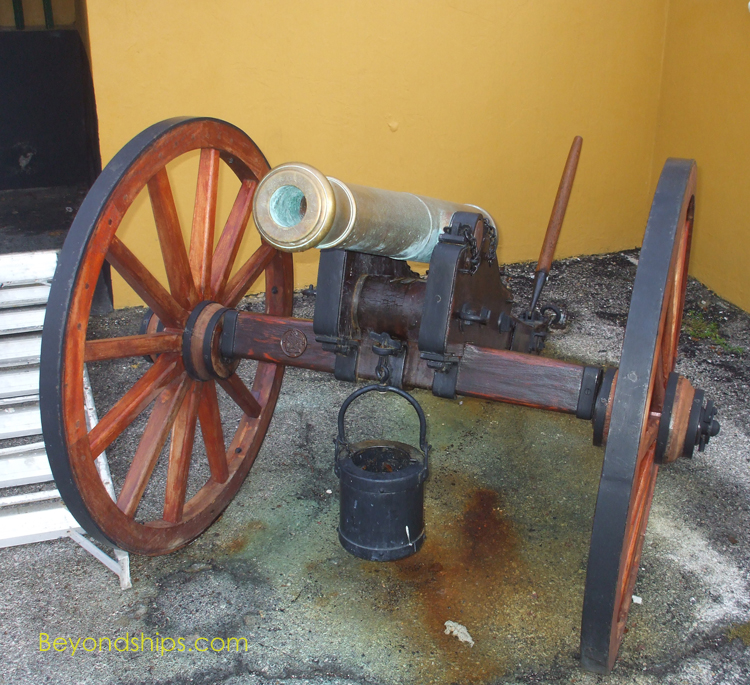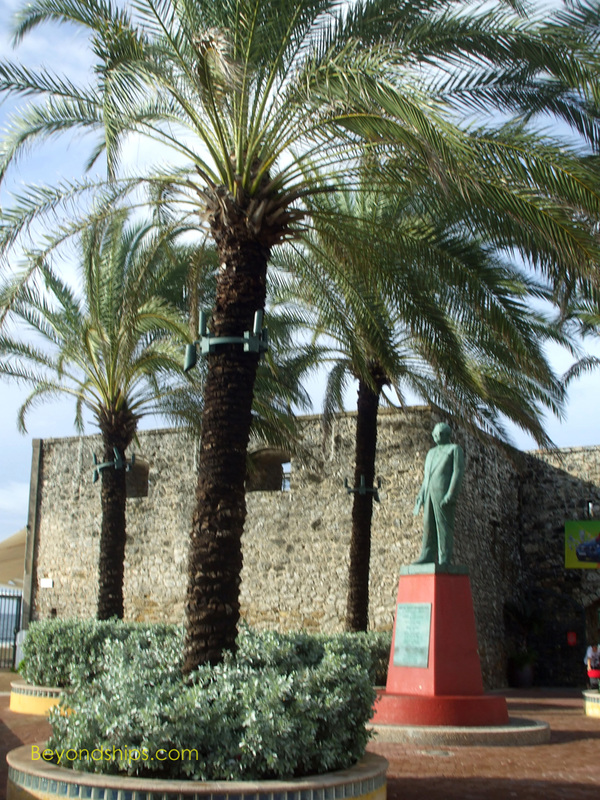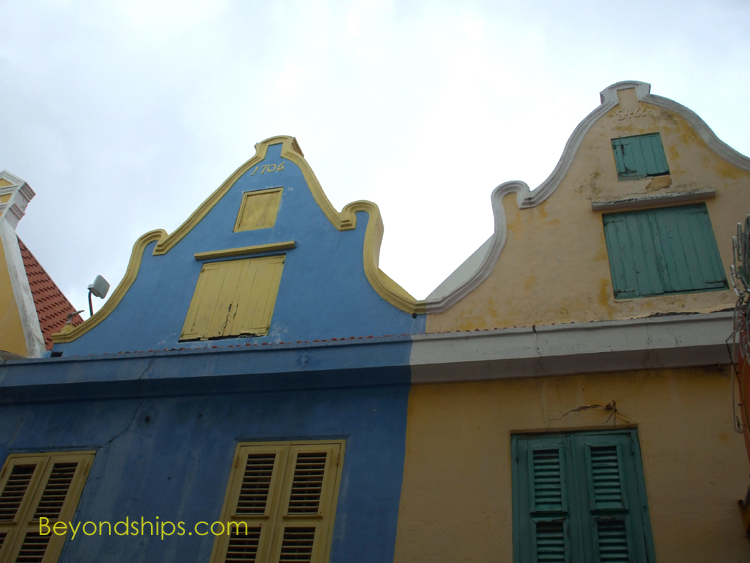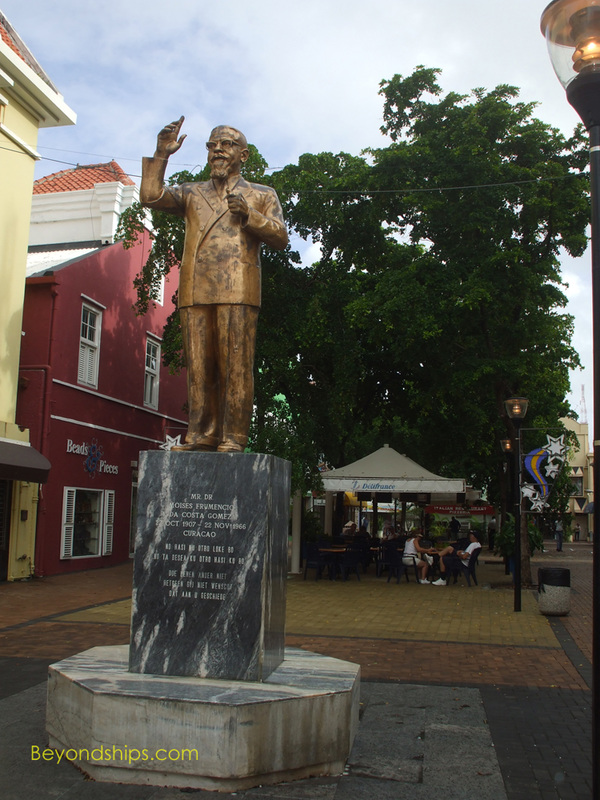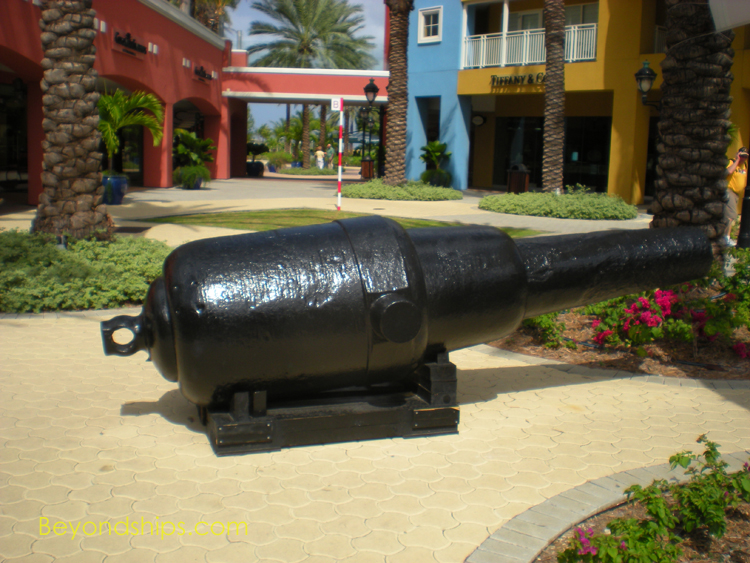|
While there is a dispute as to which explorer (Alonso de Ojeda or Amerigo Vespucci). first came upon Curacao, by 1499 the island had been claimed by Spain. The coming of the Europeans was not good news for the Caiquetios, a branch of the Arawak Indians who had been living on the island for hundreds of years. Most were enslaved and forced to work on plantations started by the Spaniards and then when the soil proved too poor to sustain crops, they were deported to work as slaves in other Spanish colonies.
One of the crops that the Spanish attempted to grow on Curacao was Valencia oranges. However, the poor soil caused the fruit to have a bitter taste and so the attempt to cultivate this crop was dropped. Many years later, however, another use was found for the fruit - - to make the liqueur that bears the name of the island. In 1634 the Dutch, under the command of Johan van Walbeeck, conquered Curaçao from the Spaniards. The Netherlands was interested in the island because of its strategic location off the coast of Venezuela. The herring industry was important to the Dutch economy and it needed salt to preserve the fish. One source of salt was Venezuela and owning Curacao gave the Dutch a base near that source. The Dutch built plantations on Curacao and found to their delight that the island was also a source of salt as was nearby Bonaire, which they also colonized. To protect their new possession, the Dutch built a fort at Saint Anna Bay. The town of Willemstad sprung up around the fort and later spread to the other side of the narrow bay. What made Curacao valuable was not anything on the island or grown on the island but rather the excellent port at Willemstad. The town soon became a prosperous center for trade with the other Caribbean islands and the mainland of South America. Unfortunately, an important part of this trade was in African slaves. Slaves captured in Africa were brought to Curacao and sold in Willemstad to traders who took them on to their final destinations. During the Napoleon Wars, the Netherlands was conquered by the French and a member of the Bonaparte family was placed on the throne. Great Britain, which was Napoleon’s arch enemy throughout this period, seized some of the colonial possessions of the French satellite countries to prevent them from contributing to the French empire. One of these colonies was Curacao but it was restored to the Netherlands following Napoleon’s defeat in 1815. The years following the Napoleonic Wars saw revolutions in many South American countries seeking independence from Spain. Because of its location, Curacao had many ties to the South American mainland. As a result, people from Curacao such as Luis Brion fought in the Venezuelan and Columbian Wars of Indpendence. When the Dutch finally outlawed slavery in 1863, Curacaos economy crashed. The former slaves found that they had little choice but to continue to work on the plantations, surrendering most of the harvest that they produced to the plantation owners. In 1914, oil was discovered in the Maraciabo Basin of Venezuela. The fact that nearby Curacao had a deep water harbor that could be used by oil tankers led Royal Dutch Shell and the Dutch government to build an oil refinery on Curacao. This caused a turnaround in the island’s economy as Europeans, South Americans and people from the other Caribbean islands came to Curacao to work in the oil industry. Following World War II, the desire for self-government grew throughout the Caribbean. In 1954, Curacao became a self-governing territory within the Netherlands Antilles, which originally included Aruba, Bonaire, St. Maarten, Saba, St. Eustatius and Curacao. This arrangement did not win popular support in part because the islands have very little in common. After Aruba seceded in 1986 and became a separate country within the Kingdom of the Netherlands, pressure grew for the other islands to follow suit. Eventually, in 2010, the Netherlands Antilles was dissolved and Curaco became a constituent country within the Kingdom of the Netherlands.. |
Above: The Rif Fort was built by the Dutch to protect the
entrance to St. Anna Bay. Above: Some of the historic Dutch buildings in Curacao.
Note the date 1707 near the top of the blue building on the left side of the photograph. Above: A statue of Dr. Moises Frumencio da Costa Gomez
who was the first Prime Minister of the Netherlands Antilles. |
|
|
|
Cruise destination travel guide - Curacao - Curacao history
